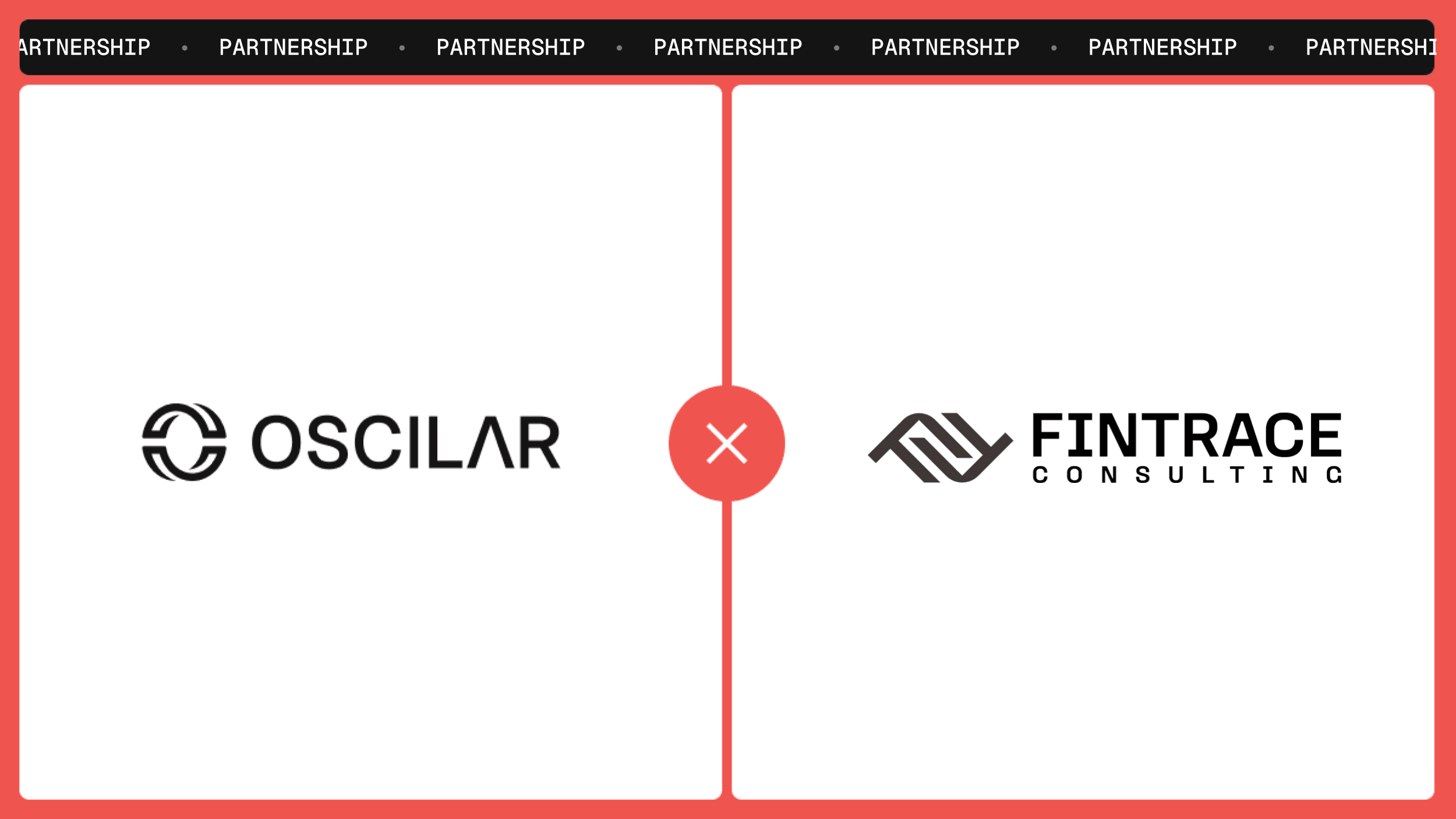Customer expectations of instant digital transactions sustained seamlessly across digital channels are increasingly the norm. Digitally savvy customer segments value convenience and like to execute transactions remotely—if possible, without direct interaction with the institution. This is true of lending too. The use of 24/7 digital channels to apply for a loan and get a result is infinitely preferable to a branch or office visit.
This need for instant transactions has led to the emergence of instant loans; loans that are essentially approved or rejected pretty much instantly. Traditionally, it has been rather difficult for certain subsets of the market to have access to quickly approved loans. Due to different risk factors, banks routinely took a long time to approve loans for customers with non-traditional risk markers. For certain customers, such as small and medium-sized enterprises (SMEs), long wait times for loans were catastrophic and potentially even deadly. The post-2008 financial crisis, there has been a strong regulatory shift to help small businesses get back on their feet. In response to these economic pressures, new technologies have emerged that significantly speed up the approval process of loans.
Managing risk in instant credit decisioning
With the speed of credit decisioning, lenders must find new ways to mitigate their exposure to risk from borrowers in real-time. Managing risk while doing instant credit decisioning centers around the ability to integrate a variety of risk signals in real-time. These signals might include:
A borrower’s ability to repay a loan.
Income.
Current and available account balances.
Other financial obligations and loans.
This is information goes well beyond what you have access to with traditional credit reports from the major reporting agencies. That means businesses need to have more tools at their disposal to make vital lending, leasing, and crediting decisions.
How to do instant credit decisioning
Instant credit decisioning centers around the ability to instantly ingest a variety of risk signals such as bank statements, account details, employment history, and balances to make a credit decision. And, in some cases like establishing dynamic credit limits, be able to continuously monitor the change in these signals to dynamically alter the credit limit for future transactions.
Decision engines that are able to integrate these risk signals and use that data with rules to make a decision are key to making instant credit decisions without human intervention. This allows decisions to be made in a matter of minutes as opposed to weeks or even months.
It's crucial for decision engines to have the ability to accurately and quickly verify a potential borrower's banking and payment history as well as their identity. This is a challenge as this data is not easily accessible in real-time and lives across several disparate sources and tools.
Credit history verification
One set of signals for instant credit decisioning is credit verification via TransUnion, Equifax or Experian. The traditional credit bureaus's most popular product is a consumer credit report, which includes information regarding a customers’ tradelines (credit accounts), collections, bankruptcies, inquiries, and more. In addition, they provide off-the-shelf summary credit data (e.g. number of accounts, total balance), risk scores (e.g. FICO Score and Vantage Score), identity verification information, income predictions and other products.
Since the credit bureaus can often contain slightly different information about the same consumer, some lenders choose to work with all three to get the broadest information, sometimes provided as a “tri-merge credit report”.
Bank account verification
Another set of signals pertain to bank account verification via tools like Plaid, MicroBilt. These data sources help verify a customer’s bank account, such as account or routing number verification, automated check review, bank risk scores and direct access to the customer’s historical transaction data.
Identity verification
There are data sources that provide information to verify a customer’s identity, such as public record information, fraud risk scores and verification tools (e.g. knowledge-based assessment). LexisNexis is a popular tool for identity verification
Income verification
There are also data sources that provide information to verify a customer’s income, such as proprietary access to company-reported income details, Form 4506-T data and income prediction models. For example, The Work Number is one such service that focuses on income verification.
Data must be integrated from all of the above tools in real-time to provide a 360 degree view of the customer's risk profile to facilitate instant credit decisioning.
Continuous and dynamic credit decisioning
It isn't just about one-time instant credit decisioning for new users, but also continuous and dynamic credit decisioning for existing users. For instance, a user might've had excellent credit history during the initial application, but a degraded credit history due to a defaulted loan elsewhere. The organization then would need to lower the credit limit of this user for future transactions in order to appropriately manage the ongoing risk of the overall business.
So in addition to solving the challenge of integrating several data sources to make credit decisions for new users, continuous instant credit decisioning also requires ongoing monitoring of existing users' risk profiles to power safe instant credit decisions in an ongoing fashion. Therefore, modern decision engines require the ability to handle high throughput user transaction data. This is the ability that most traditional decision engines lack, limiting their ability to perform instant and dynamic credit decisioning.
Oscilar for instant and dynamic credit decisioning
Oscilar has out-of-the-box integrations with the above data providers and the ability to feed high-throughput transaction data in real-time into a no-code decision engine to enable instant and customized credit decisioning. It not only gives you the ability to express rules but also integrates machine learning models to give you the best risk decisioning capability. To learn more, schedule a demo or drop us a note.








